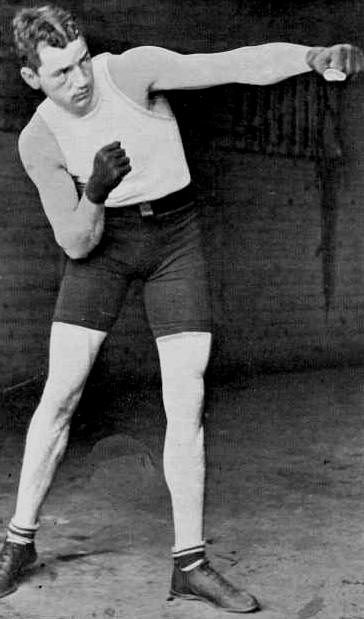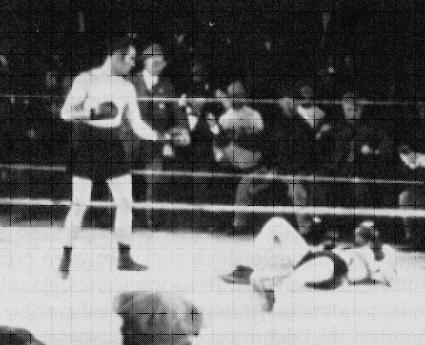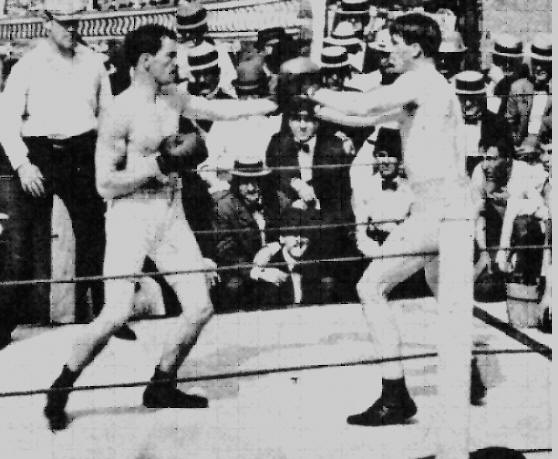
Who was he – Dr. Jekyll or Mr. Hyde? For sure, he was both! He was fun loving, friendly, and kind but he was also deceitful, spiteful, and cruel. He was gentle, polite, and unassuming but he was also violent, ruthless, and dangerous. He would change from “Mr. Nice Guy” to “Mr. Villain” in a flash and there was no telling when the transition would take place.
McCoy always carried a roll of money with him and he was likely to show up any place at any time. He liked good times, jokes, and women. They liked him too. Playwright Maurice Maeterlinck wrote that he was the “Handsomest human on earth”. He married eight times, three times to the same woman (see McCallum, 1975, p 192).



